In pictures: Alan Braxe's home studio
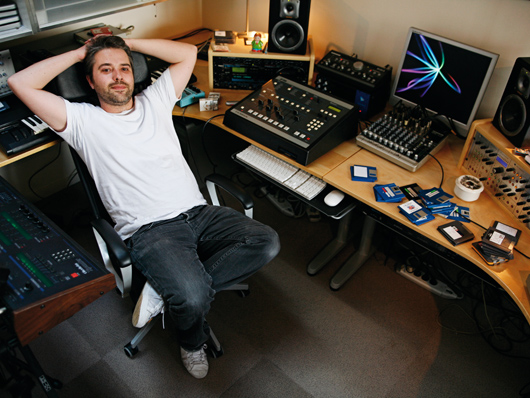
Welcome
As one third of Stardust, Parisian resident Alan Braxe helped to create Music Sounds Better With You, one of the most enduring dance tracks of the ‘90s. These days, he’s an in-demand remixer and successful artist in his own right, and in 2009, Future Music got a rare glimpse inside his home studio.
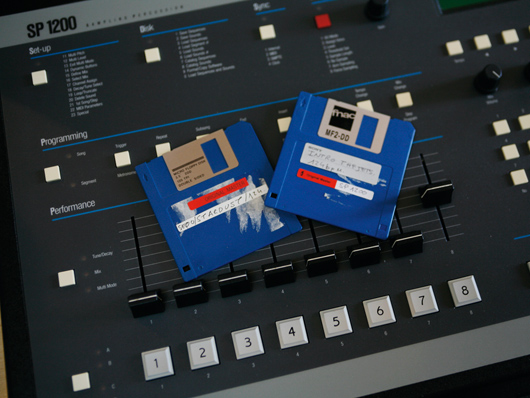
Music Sounds Better with E-MU
First things first, how did Stardust create Music Sounds Better With You? “The track was built by sampling the 1981 Chaka Khan record Fate and was recorded in [fellow Stardust member and one half of Daft Punk] Thomas Bangalter’s studio,” explains Braxe.
“The E-MU SP 1200 [pictured above] was full with the Chaka Khan sample, so the drums were from a Roland 909 drum machine and the bassline from a Korg Trident. There’s also a Rhodes piano in there but you can barely hear it.
“Then we used the Ensoniq ASR-10 as a sort of computer and put the different sections of the track on different keys, triggering it to make the arrangement for the instrumental. Benjamin Diamond recorded the vocals which were compressed with an Alesis 3630, plus we used another 3630 compressor on the master buss of the entire track. And that was it.”
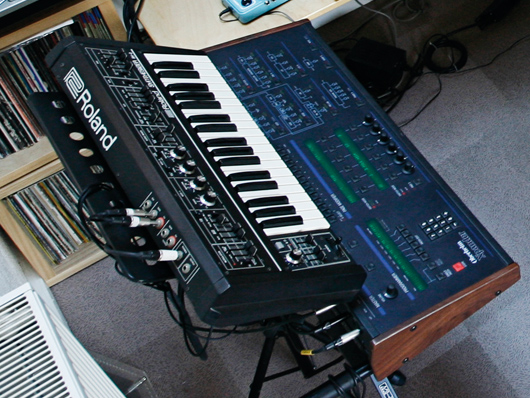
Synths
There are a couple of key pieces in the Braxe synth rig, starting with Roland’s SH-02: “I bought this about a year ago after trying to get into computers and plug-ins. It’s one of the first analogue synthesizers from Roland. It’s really good for bass, leads and sort of plastic sounds.”
What, then, of the Oberheim Xpander? “This is also a new synth for me and is absolutely fantastic for brass, pads and all those really warm sounds,” says Braxe. “It has 12 filters and six individual audio outputs. This synth really helps you to understand what a synthesizer is and it’s designed so you don’t end up getting lost in sub-menus.”
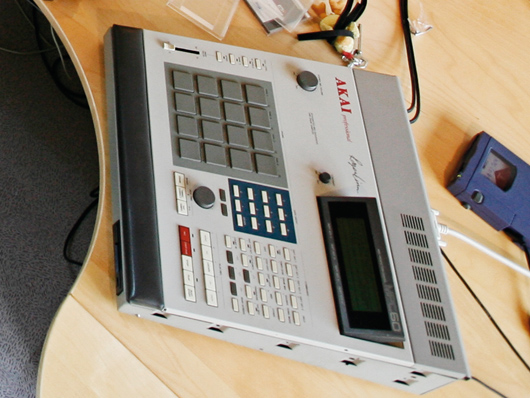
Akai MPC-60
Next up, one of the most important hardware samplers of all time: Akai’s MPC-60. “The sequencer on this machine is so intuitive and easy to use but the sound is sometimes a bit too over-compressed for what I like,” admits Alan.
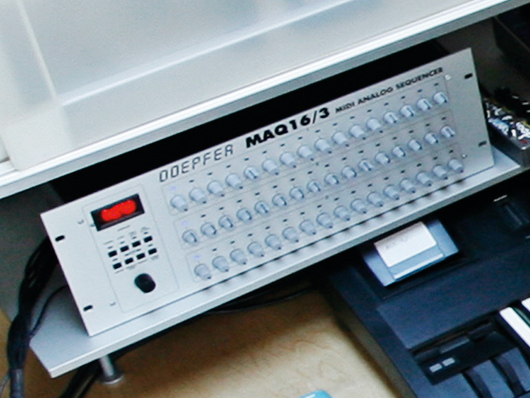
Doepfer MAQ 16/3
This MIDI analogue sequencer has proved to be a source of inspiration for Mr Braxe. “This is fantastic for coming up with loops and ideas that are practically impossible to think up from the top of your head,” he says.
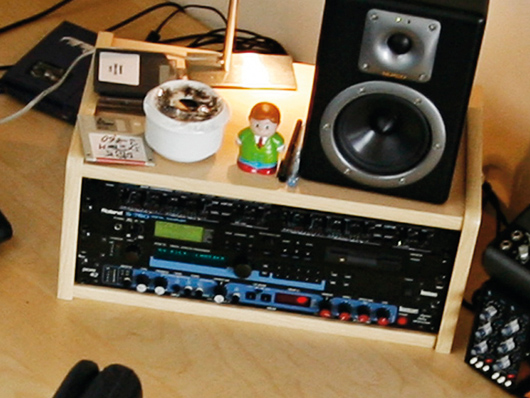
Roland S-760 and Lexicon PCM42
Alan’s desktop ‘mini rack’ contains a couple of pieces, starting with the Roland S-760 sampler. He has mixed feelings about it, though, saying: “This has a great sound but it is a bit of a pain in the ass to program and not very sexy to work with.”
The Lexicon PCM42 delay, however, gets a mighty thumbs up: “This is from the ’80s and I bought it a year ago. When you compare it to the plug-ins, it just sounds much better.”
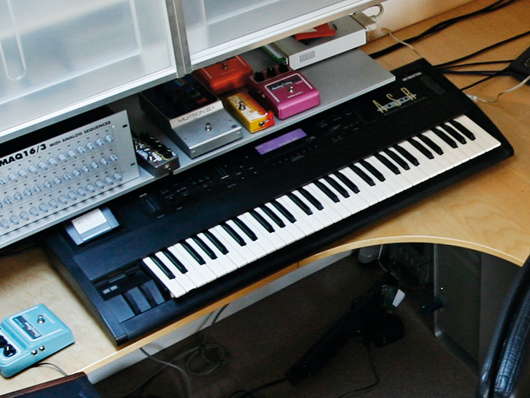
Ensoniq ASR-10
Another classic piece of hardware, the ASR-10 serves a dual purpose in Alan’s studio. “I use this as a master MIDI keyboard and also as a sampler too. It has a problem where none of the drums you program feel very tight.”
Liked this? Now read: In pictures: Kris Menace’s home studio
Connect with MusicRadar: via Twitter, Facebook and YouTube
Connect with Rhythm: via Twitter and Facebook
Get MusicRadar straight to your inbox: Sign up for the free weekly newsletter

Future Music is the number one magazine for today's producers. Packed with technique and technology we'll help you make great new music. All-access artist interviews, in-depth gear reviews, essential production tutorials and much more. Every marvellous monthly edition features reliable reviews of the latest and greatest hardware and software technology and techniques, unparalleled advice, in-depth interviews, sensational free samples and so much more to improve the experience and outcome of your music-making.











